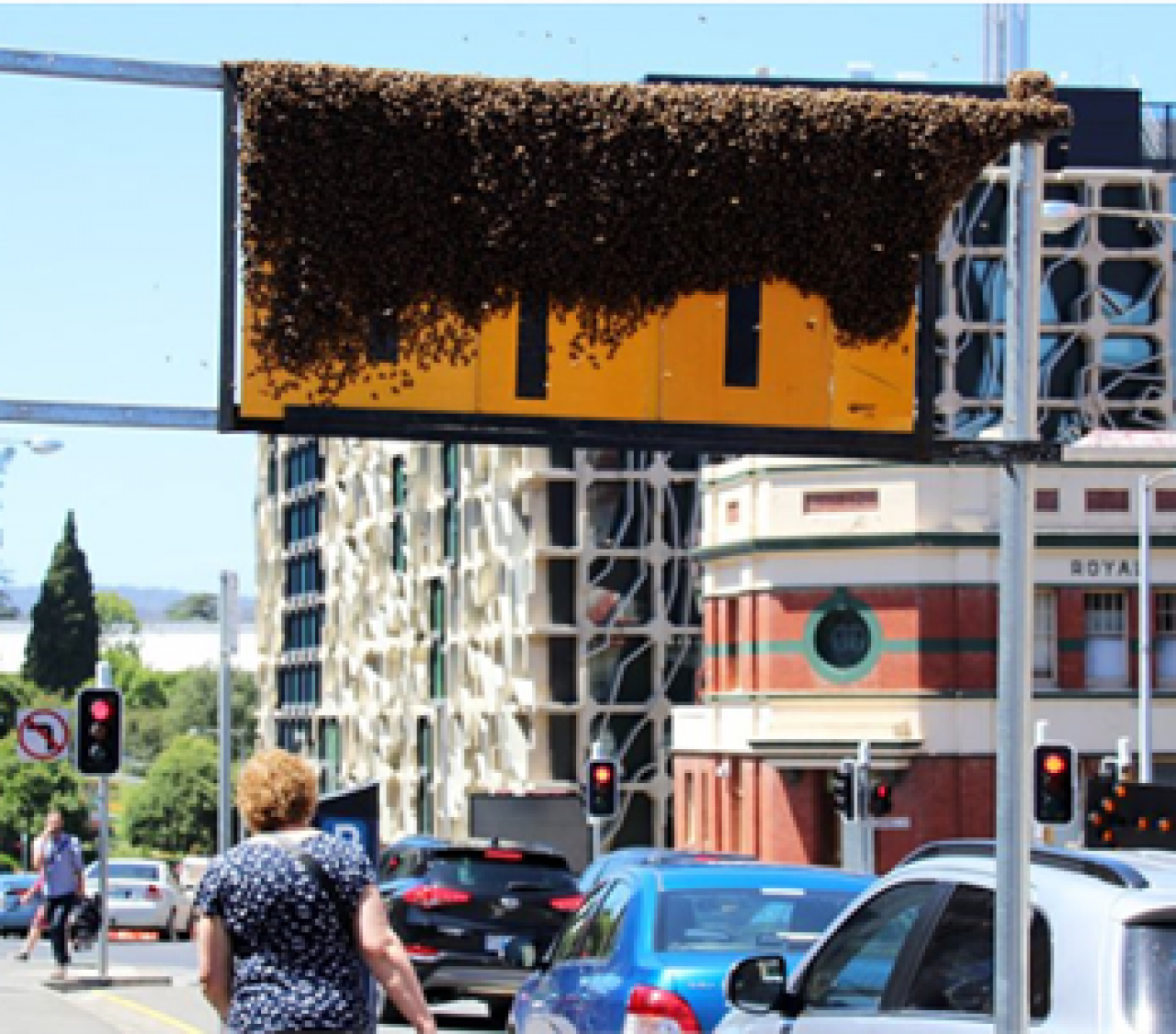
Swarming management and adaptation of citizens to the habits of city bees was the topic of the international round table hosted by the city of Cesena on the 23rd of March 2021. After an introduction by Dr. Lucija Žvokelj from the National Veterinary Institute from Slovenia participants discussed how swarming is managed in different cities and what needs to be done in the future.
The round table on Swarming management is the last in a series of thematic meetings of BeePathnet project partners. It was hosted by Cesena, Italy on the 23rd of March 2021 and was held virtually. It began with an introduction to swarming: what we know about bee swarms in general and some more detailed information to be able to understand the topic better by PhD Lucija Žvokelj from the National Veterinary Institute, Slovenia. She presented swarming management in Ljubljana as quite a problem due to the large density and population of bees. Over 400 persons participated or watched the video later.
Reproduction by swarming is one of the most glorious events in the life of a bee colony. In this type of colony division, the majority of the worker bees leave the hive with the old or new queen to find a new home. When the swarm exits the hive, there are thousands of bees in the air looking for the queen and a place to cluster. This magnificent buzz of bees contains an average of 16,000 workers in a temperate climate, though this number varies greatly; we can find swarms with, say, 1700 bees (a handful) and with up to 50,000. The swarm contains about two-thirds of the colony´s population. Swarming most commonly occurs in May and early June. For Ljubljana this presents at least two types of problems. Bee colonies on shop windows, on cars, in citizens gardens… are a phenomenon that is less than appreciated and is at best only disturbing to the citizens. On the other hand, spreading bee diseases while swarming is an even more acute problem. In practice this means that a swarm (queen bee and workers) that is afflicted by a disease can contaminate many other healthy bees while looking for a new location for a beehive. All this is the reason that Ljubljana organised a special service consisting of firefighters and a beekeeper that collect / remove a swarm which is later a reward for the beekeeper. The city also run a pilot program that proposes establishing a shelter for bee swarms. After a swarm is caught it will be placed in the shelter, where its health status will be checked by a veterinarian. This will prevent the spread of bee disease and make managing the bee population easier. In a very lively discussion on different approaches to solving the problem participants pointed out several aspects. Swarming is a problem in very densely populated areas and in urban areas with a lot of beehives or where beehives aren’t properly managed. In such areas cities must develop protocols and establish a service to solve this problem.
To learn more watch the video from the round table:

